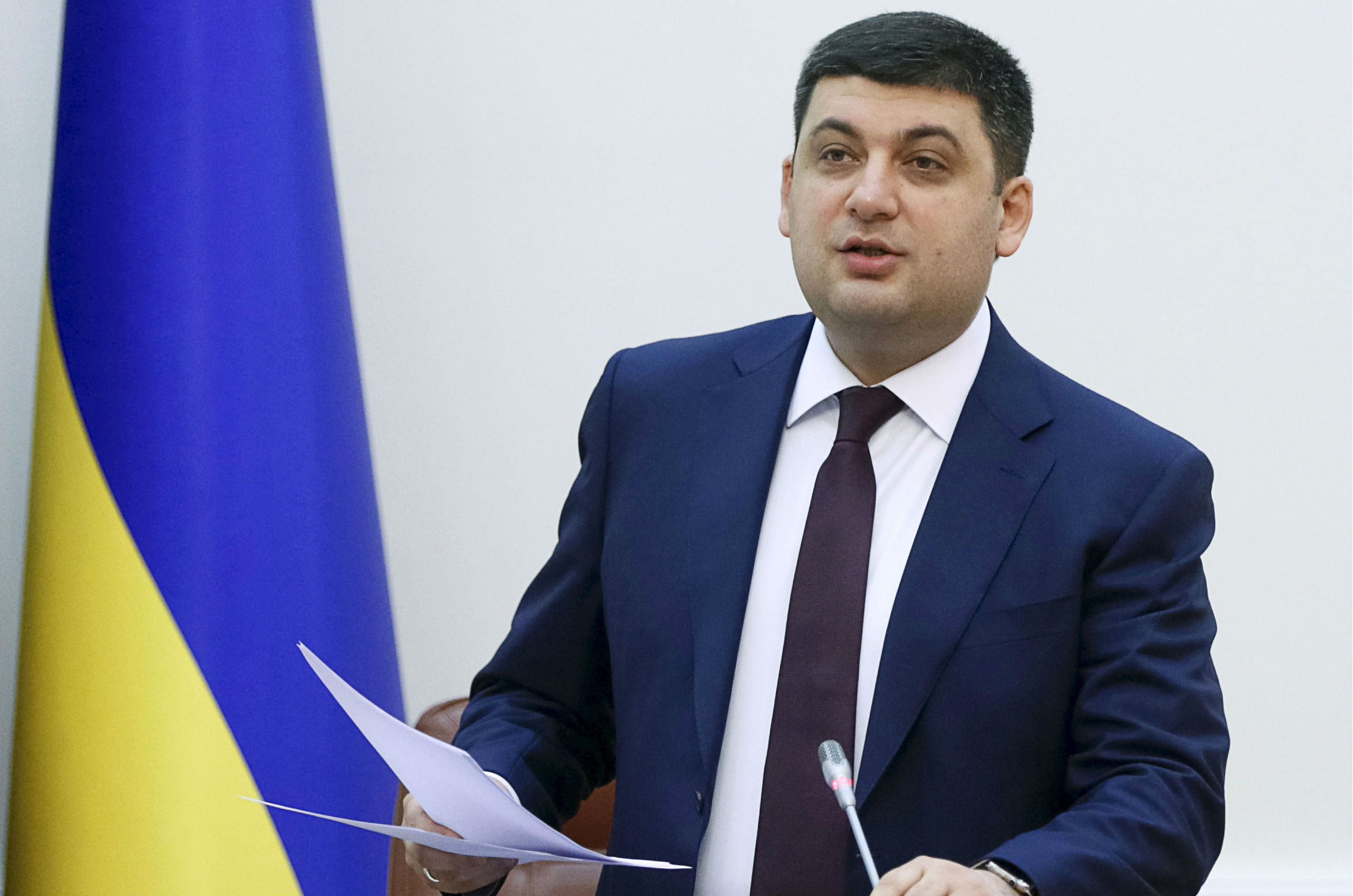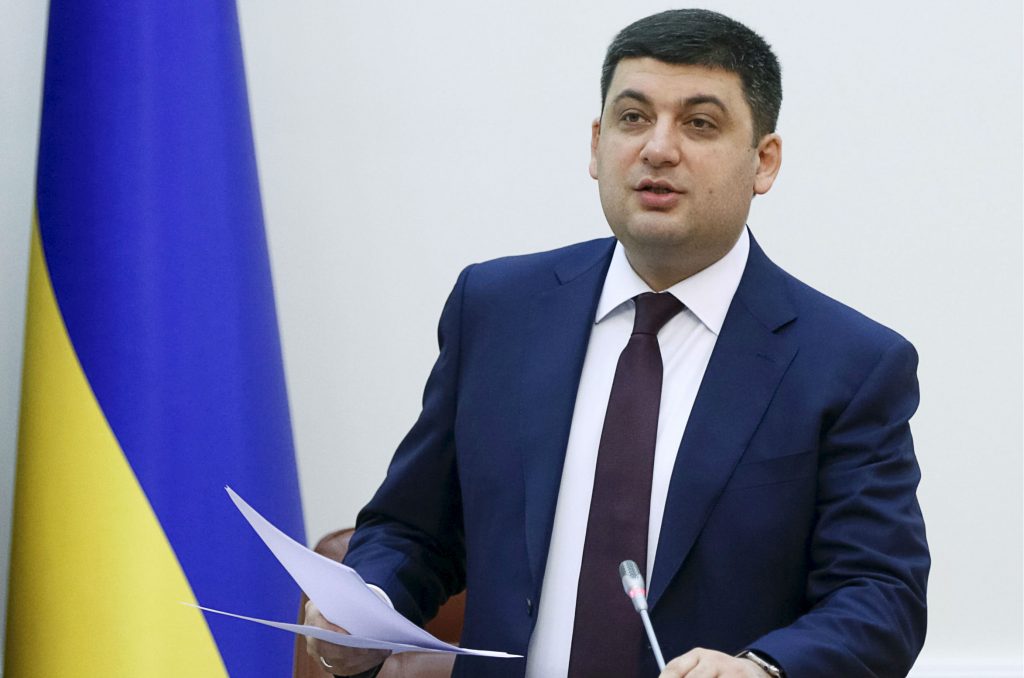 Two months ago, the Ukrainian parliament appointed Volodymyr Groisman as the country’s new prime minister. “I will show you how the country should be managed,” he said in his appointment speech. Groisman’s predecessor Arseniy Yatsenyuk was widely criticized for lacking a detailed action plan, so the new prime minister began managing the country from exactly such a plan.
Two months ago, the Ukrainian parliament appointed Volodymyr Groisman as the country’s new prime minister. “I will show you how the country should be managed,” he said in his appointment speech. Groisman’s predecessor Arseniy Yatsenyuk was widely criticized for lacking a detailed action plan, so the new prime minister began managing the country from exactly such a plan.
The first draft was presented to the public on May 19, a month after the government was appointed. Civil society and other stakeholders were asked to submit their suggestions to the draft, a new practice for Ukraine that showed that the new government is more open to external advice. The Ukrainian NGO coalition Reanimation Package of Reforms estimated that 25 percent of its suggestions were included in the final document that was approved on May 27 and published on June 10.
Running 232 pages, the plan covers key reforms like the urgently needed overhaul of the Soviet-era public administration system, as well as the government’s daily routine, such as managing Ukrainian athletes’ participation in competitions or improving control over museum exhibits.
But is this action plan really different from myriad previous “strategic” documents that were prepared by other Ukrainian governments just to go to the same dusty shelf? Yes, it is. However, its quality is uneven.
Two main positive things in the document are:
- Clear and reasonable strategic priorities, such as macroeconomic stabilization, creating a friendly business environment, rule of law and fighting corruption, offering quality public administration and services, and ensuring security for citizens and the nation. Within these priorities are thirteen key reforms, including tax, pension and social assistance reforms; privatization and state-owned enterprise governance reform; deregulation; and decentralization and public administration reform.
- A rigid, issue-focused structure of all chapters, outlining issues, objectives, key performance indicators for 2016, actions taken previously, actions planned for 2016 (outlining deadlines and responsible agencies), and actions needed in the mid-term. The government’s plans have never before been prepared with such a focus on issues and relevant objectives.
These strengths were most likely introduced by the Balcerowicz-Miklos Strategic Advisory Group (SAG). President Petro Poroshenko and Prime Minister Groisman created this group in April to coordinate and support reforms in the executive branch. While chapters on specific reforms were drafted by line ministries, SAG is believed to have had control over the document’s structure and priorities.
Unfortunately, the document stops short of being a truly focused plan. What is not there is a trackable short list of key reforms that the new prime minister should focus on and report on after a year in office. For instance, “rule of law and fighting corruption” is Chapter 5 in the document, but it lacks priority status compared to other reforms—even though both the public and business community have named corruption and the lack of rule of law as the number one issue for the country and its main impediment to investment and economic growth.
Additionally, a culture of project management is embryonic in the Ukrainian government, and most line ministries are still focused on processes rather than outcomes, and this clash of reformist and process-oriented cultures is highly visible in the document. Some chapters, e.g public finance or reforms in agriculture, are crystal clear with actionable plans for this year. Others read like documents from the past, populated with never-ending language about “improving” and “developing a strategy.” One can expect that the results will be very different in these areas, and that the government’s performance will be highly uneven.
Also, the government’s action plan relies too heavily on line ministries to the detriment of larger, strategic priorities. As an example, one can find sectoral initiatives on e-government in many chapters. However, e-government is not among the cabinet’s general priorities—maybe because there is no line ministry responsible for it. Another example of its overreliance on line ministries is education. Despite being one of the top three recipients of public spending in Ukraine, 75 percent of the Ministry of Education’s large spending is not covered in the plan, although much smaller budget items are. The Ministry’s large spending certainly needs reform and optimization and should not have been excluded.
In spite of these systemic problems, the majority of actions outlined in the document are steps in the right direction. The dominant principles that can be read between the lines include a smaller but more effective state, and the overhaul of what remains of Soviet and post-Soviet systems.
But it is hard to call this document a radical reform plan. The formal government program was barely passed on the third try, and the new cabinet decided not to risk putting key but controversial actions in the plan. Important issues that cannot be found there include a badly-needed increase in the pension age (from 57.5 for women and 60 for men to 65 for both, in my view) and a lifting of the ban on agricultural land sales.
The lack of a real coalition in parliament is the main reason why this plan is not radical enough, and the main risk of its implementation. But no plan at all means no possibility that anything will change. It is good news that the new government’s action plan is of higher quality, and that it is finally actionable.
Hlib Vyshlinsky is Executive Director of the Centre for Economic Strategy and a Council Member of Reanimation Package of Reforms coalition.
Image: Ukrainian Prime Minister Volodymyr Groisman talks to ministers before a government meeting in Kyiv, Ukraine, April 20, 2016. REUTERS/Valentyn Ogirenko

